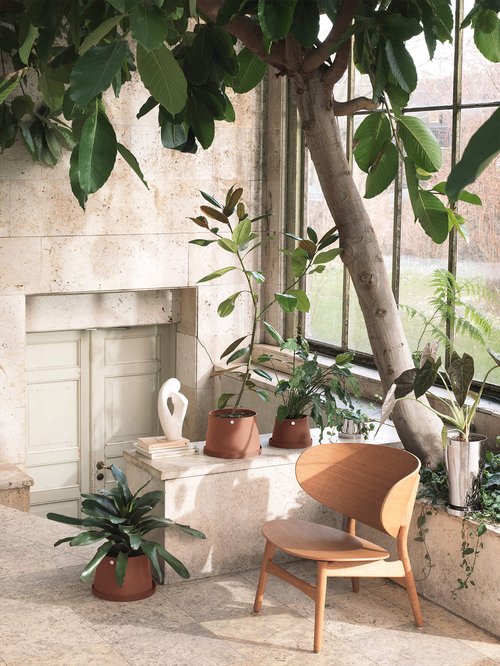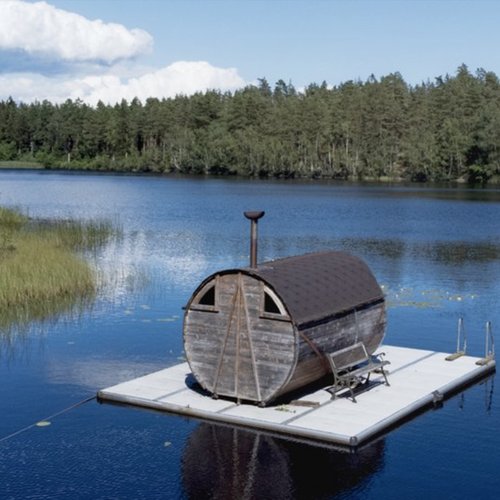

7 min read
Biophilic Living with Interior Architect Anna Tiula
WLLW speaks with Helsinki-based Anna Tiula, delving into the heart of Nordic biophilic design, its intrinsic connection to local nature and its significant influence on wellbeing.
- WORDS
- Kaye Preston
WLLW recently spoke with Anna Tiula, an interior architect from Helsinki exploring the world of biophilic design. The term ‘biophilia’ was first introduced in 1964 by German-born American psychoanalyst Erich Fromm in ‘The Anatomy of Human Destructiveness’, who defined it as “the passionate love of life and all that is alive.” This idea was further developed two decades later by American biologists E.O. Wilson and Stephen R. Kellert in their collection of essays titled ‘The Biophilia Hypothesis’. They suggested that humans have an inherent tendency to forge connections with nature and other life forms.
Biophilic design is classified into three primary categories: 'Nature in the Space' (integrating elements such as plants, water and natural light), 'Natural Analogues' (employing natural forms, patterns and materials) and 'Nature of the Space' (crafting spaces that invoke the sensation of being in nature, such as a room with expansive views).
Rooted in the Nordic region, where a deep bond with local nature is part of cultural heritage, this design philosophy is aptly termed Nordic biophilia. Anna underscores the necessity of tailoring our interiors to meet our nervous system's requirements, advocating that truly effective design aligns with our innate biological preferences to promote wellbeing.
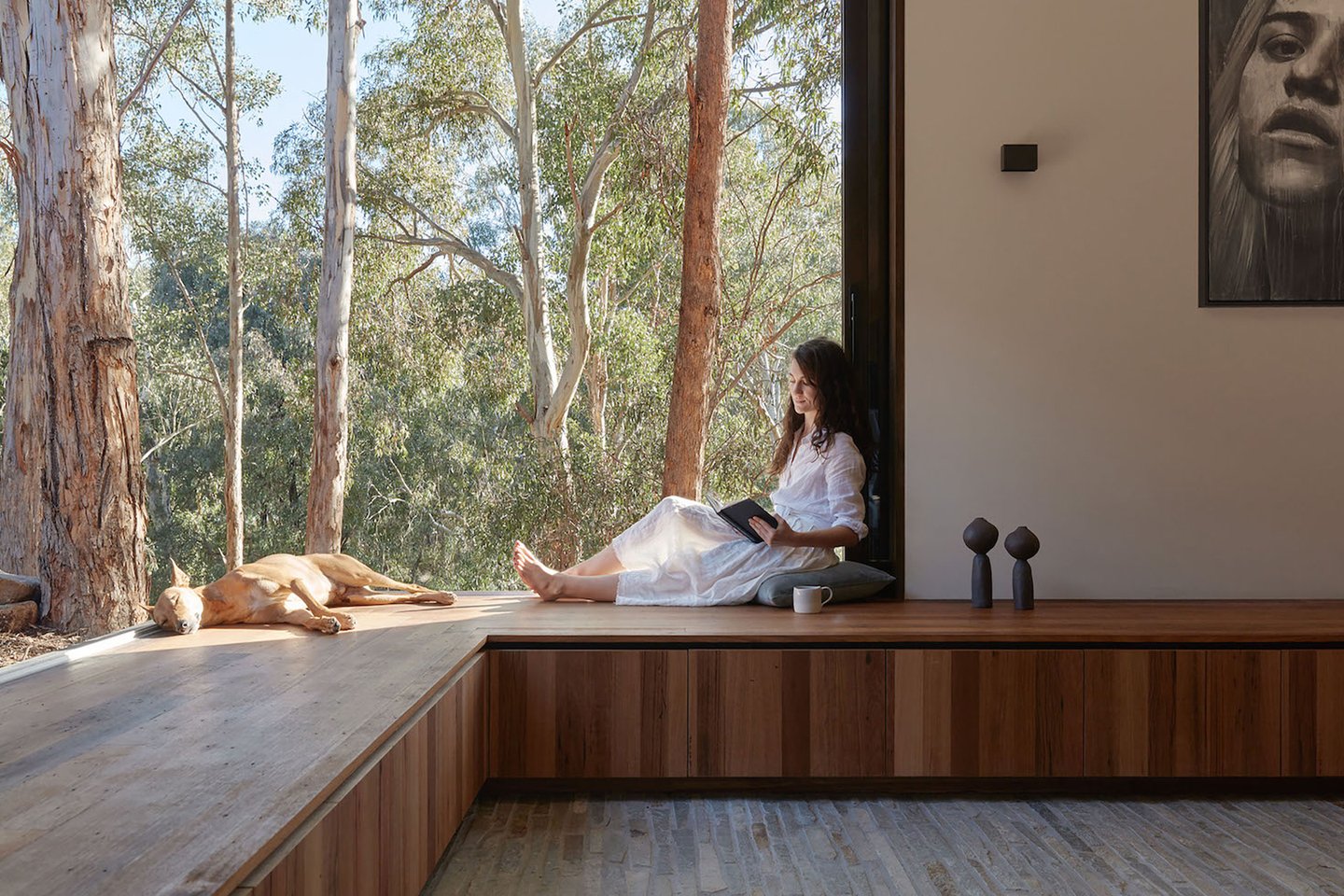
Your practice has a strong focus on biophilic design, incorporating design elements that foster a deeper connection with nature. Can you share how this became a focal point in your design philosophy?
I have always been interested in wellbeing — understanding what makes us feel well, what it means physically and the components of happiness. We spend 90% of our time indoors. It's evident that interiors, that space, have an effect on our ability to rest, work and achieve balance. As a Nordic-based interior architect, I understand that a life connected to nature leads us to balance; through nature, natural materials, tranquility and a muted color palette. Wellbeing in interiors is essential for all of us, especially for urban dwellers who may not have an everyday connection to nature in the cities where they live and work.
After my studies and going through the research, I realized that Nordic biophilic design is one of the strongest pathways for human wellbeing in interior architecture. A Nordic, nature-connected lifestyle, even at the city scale, serves as a valuable benchmark when designing and constructing city structures with interiors that cater to human rest and work. This is where empathy becomes essential. As a designer, I view user experience and its success, as one of my primary responsibilities when crafting interiors.



Can you provide a brief overview of the adoption of biophilic architecture and some key elements of this design philosophy?
Actually, I don’t pay much attention to terminology because biophilic design and biophilic architecture have existed since the early years of Modernism and even before. Early societies had to consider nature and climate when building homes. A later example of biophilic architecture is the atrium houses from early Arabic cultures. Finnish architect Alvar Aalto was one of the pioneers of nature-connected, human-centered design, even without the biophilic label. Aalto is recognized as one of the pioneers in using empathy and user experience in his architectural designs. He was adept at articulating his work philosophy and goals, often assisted by both his first wife, Aino Aalto, and after her passing, Elissa Aalto. Their perspectives offer us, the later generations, rich resources to understand the ideas behind his still-admired architecture and design.
But later, when NASA began researching elements for interiors optimal for human beings, biophilic design began to gain traction. The concept was associated with major companies like Apple and Google in their interior design. Roughly ten years ago, when Asia started rapidly developing larger infrastructure, such as hospitals, extensive biophilic research yielded excellent scientific results. The symbiosis between interiors and local nature contributed significantly to patient recovery and health.
Throughout history, most cultures worldwide have embraced biophilic design because it's grounded in natural human needs. These cultures adapted biophilic design to suit their unique requirements and aesthetics. Biophilic design isn't just a fleeting aesthetic or style. It serves as a foundational reference for designers.
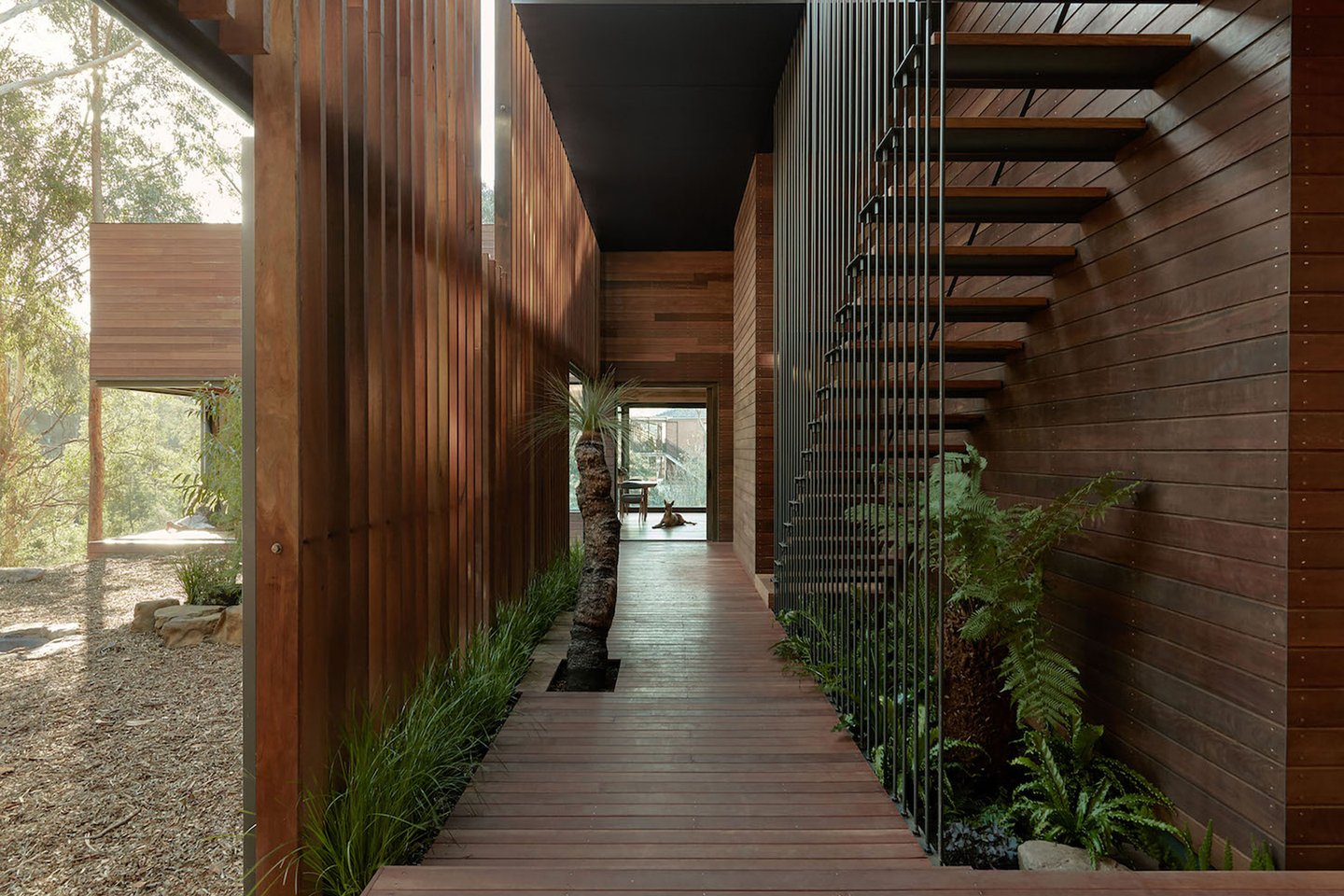


Biophilic design emphasizes the use of natural materials and elements to enhance wellbeing. Could you discuss both the physiological and psychological benefits?
It wasn’t so long ago that humans were primarily outdoors and our lives and routines revolved around nature. Our nervous system hasn't yet fully adapted to urban life. It hasn't evolved as swiftly as our societal structures have. Our nervous system is still hardwired to seek signs of safety and danger. Consequently, we can become easily stressed in continuously noisy environments, under aggressive lighting, in unsuitable temperatures, or surrounded by striking colors.
To activate our parasympathetic nervous system, we need the tranquility found in nature. This natural language needs to be replicated in man-made environments because we can't just turn off our inherent responses. When our environment signals safety, allowing us to relax, we're able to focus on work, sleep better, and most importantly, stress hormones don't falsely alert our body. Chronic stress and high anxiety levels are significant barriers to overall wellbeing and health.
"The idea is not to create a jungle inside, but to connect the interior with the local nature outdoors in the name of human wellbeing."
Anna Tiula
Could you elaborate on how adopting a biophilic approach can have broader environmental benefits, such as material sourcing?
What benefits the planet invariably benefits humans. Utilizing natural, non-toxic materials without adverse chemical reactions benefits both the environment and human health in our living spaces. It's essential to understand the research behind how our physical and psychological states respond when we are in conditions that are unsuitable for the human body.
Change is driven by knowledge, but predominantly rooted in design thinking. Architects, designers, and even sectors like real estate and finance, have a responsibility to comprehend how interiors affect our wellbeing. Often, the health of our environment mirrors our own health. We, as humans, are still very much a part of nature, even though we often find ourselves in artificial surroundings.
When we make choices that favor biophilic, natural materials and connect ourselves with local nature, environmental benefits are achieved in tandem.



For those looking to infuse biophilic elements into their existing homes, what practical advice can you offer? Are there any easy-to-implement strategies that can make a significant difference?
Not all interiors, especially in urban settings, have the advantage of a sea view or other immediate biophilic elements. This is where certain techniques come in handy to bring nature inside, even without a direct connection to the local environment. Techniques such as green walls that purify the air using plants, light bulbs mirroring the color frequency of natural light – since blue light is not optimal for our nervous system – humidifiers and even nature soundtracks and scents. These are representative technologies designed to create the ambiance of a natural environment, the type that resonates with our human needs, especially when the actual nature element is missing in the room. Remember, it's all about fresh air and natural sunlight.
As for design choices at home, allow yourself the flexibility to dim the lights when you're feeling tired, opt for a nature-inspired muted color palette and tune into the needs and signals of your body and mind. After all, it's your home, your haven.
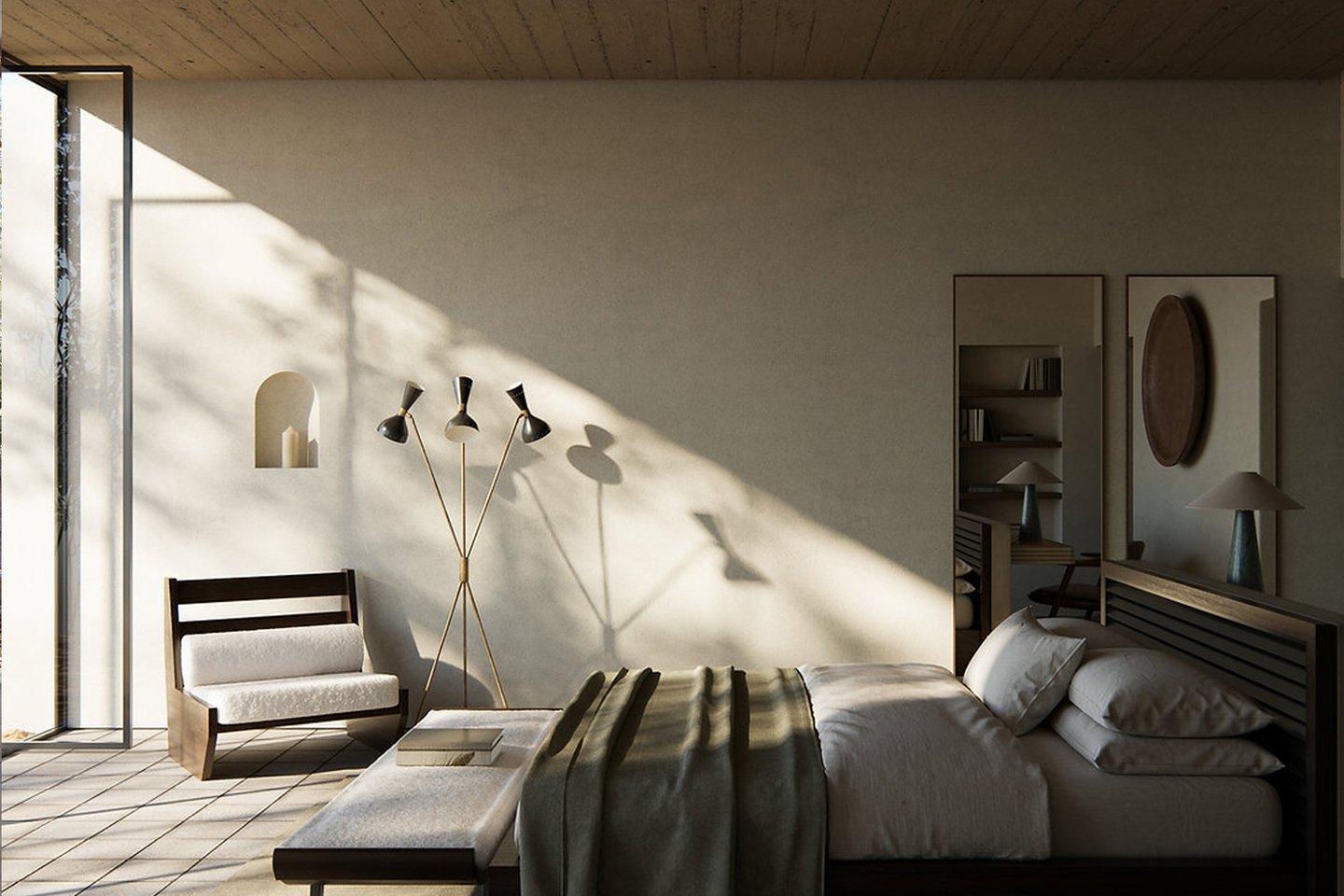


Have you applied the principles of biophilic design in your own living space? If so, could you share some insights into the transformative effects it's had on your personal wellbeing?
I work and live in the heart of Helsinki, which is still one of the most nature-connected capitals, even though there have been missteps in residential construction. As I mentioned earlier, we Nordics understand the significance of the seasons, we cherish cottage living, and have a deep appreciation for nature-connected design.
After years of working and studying design in relation to human wellbeing, I've naturally grown attuned to the messages of my own mind and honed my physical awareness. In turn, I've learned to design my home in alignment with the needs of my nervous system.
"When our environment signals safety, allowing us to relax, we're able to focus on work, sleep better, and most importantly, stress hormones don't falsely alert our body."
Anna Tiula
What resources or projects can our readers explore to learn more about the principles of this holistic approach to architecture?
I'd recommend visiting interiors from the Modernist era. Beneath a sometimes brutal exterior often lies a peaceful interior, characterized by incredible natural light and a serene atmosphere emanating from the use of wood and spacious layouts. Some hotels in the Nordic region are beautifully intertwined with nature, embodying a ‘highly biophilic’ design that offers rejuvenation for the nervous system.
Biophilic design is inherently local in its application. A Google search may predominantly show grandiose Asian architecture [such as architects creating more greenery in Singapore, or biophilic architecture in Vietnam] which is a beautiful way to connect with nature. However, it's essential to note that this approach might not seamlessly translate to every environment worldwide. The idea is not to create a jungle inside, but to connect the interior with the local nature outdoors in the name of human wellbeing.
Further recommendations include reading 'Designfulness' by Isabelle Sjövall and listening to the podcast 'Journal of Biophilic Design'.

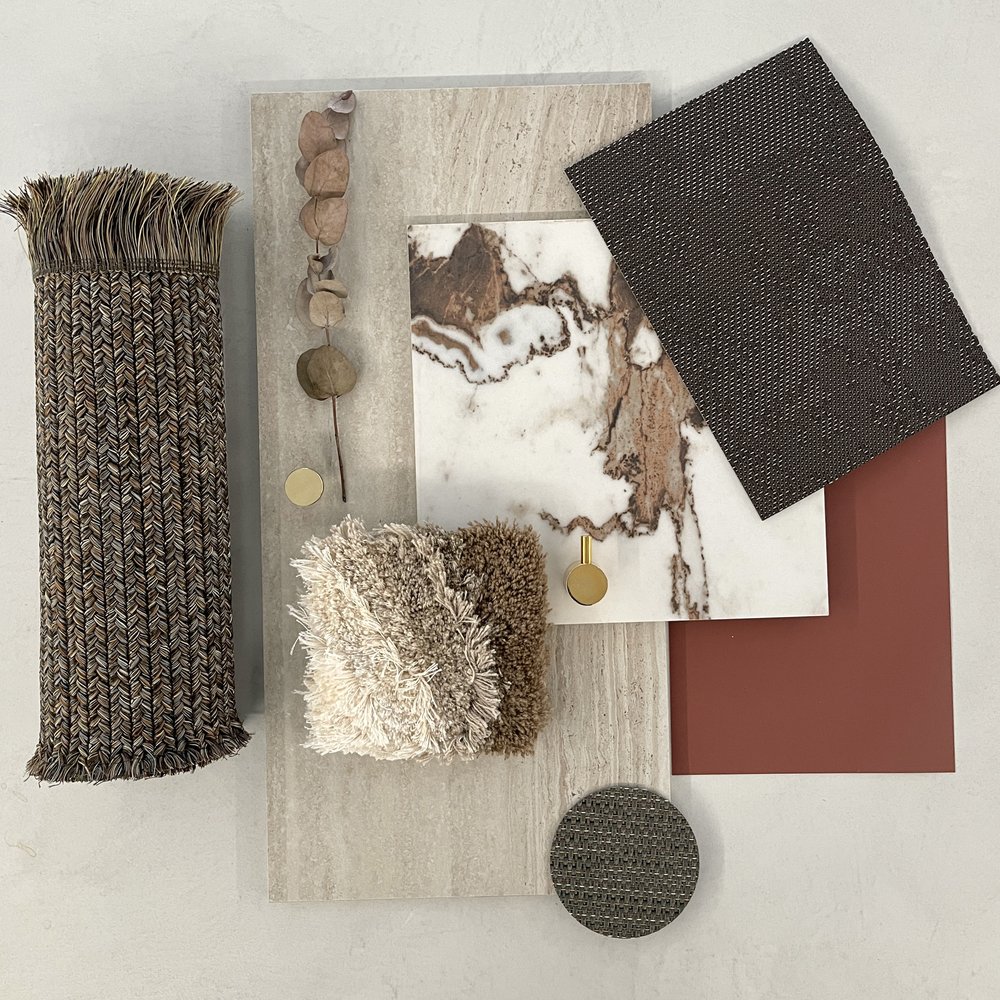
Photography: Gentl & Hyers, Tom Ross, Ed Sozinho and Charlie Schuck, Rafael Soldi, Jake Curtis, Sam Frost, Jonas Bjerre-Poulsen and Noa Santos Interiors, Helsinki Interiors

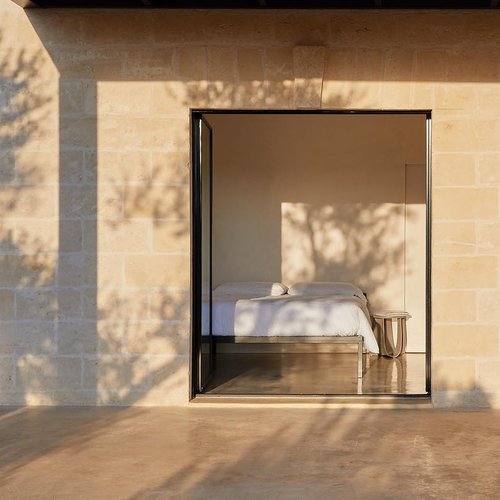
3 min read
The Impact of Natural Light on Your Living Space
Natural light is more important to your health than you think. Here’s what to do if your home doesn’t get enough.


